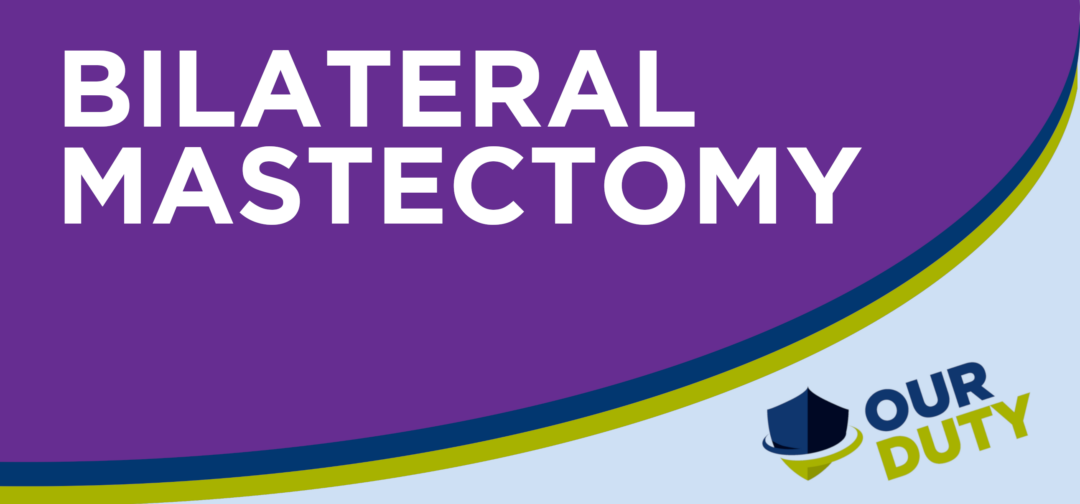A cosmetic bilateral mastectomy, which is often referred to by believers in gender identity ideology as “top surgery“, involves the removal of breast tissue for non-medical reasons.
Girls will often seek this treatment in their desire to acquire a masculine appearance. While individuals who choose this procedure may experience short-term positive psychological effects, it’s important to acknowledge potential negative outcomes as well. Given the manner in which mastectomies are promoted online by advocates of this treatment for girls unhappy with their bodies, it is unlikely that truly informed consent can be given. This is because girls will tend to have unrealistic expectations of the outcomes of such drastic surgery.
- Surgical Risks: As with any surgery, a cosmetic bilateral mastectomy carries inherent risks such as infection, bleeding, anaesthesia complications, scarring, and poor wound healing. Surgical procedures always entail the potential for medical complications, and patients should be informed of these risks beforehand. Stories abound of mastectomies gone wrong. Nipple grafts fail. The scars can continue weeping for years afterwards as the body tries to fight off infection.
- Emotional and Psychological Impact: While many individuals find relief and improved body image after a cosmetic bilateral mastectomy, this so-called ‘gender euphoria’ is very often short-lived. There will almost certainly be emotional and psychological challenges on losing organs which have function in motherhood, sexual arousal, and feminine identity. Dissatisfaction with the results, body image issues, or unmet expectations could lead to emotional distress.
- Regret: Some individuals may experience post-surgical regret, particularly if they later question their decision or if they are unhappy with the outcomes. While this is not unique to bilateral mastectomy, it is a consideration for any elective procedure.
- Loss of Sensation: Breast tissue removal can result in reduced or altered sensation in the chest area. Loss of sensation may affect a person’s experience of touch and physical intimacy.
- Impact on Breastfeeding: Cosmetic bilateral mastectomy will permanently eliminate the possibility of breastfeeding in the future, as breast tissue is required for milk production.
- Physical Changes and Appearance: Changes in appearance due to breast tissue removal might not always match an individual’s aesthetic goals. Scarring, contour irregularities, and unevenness can impact overall satisfaction with the cosmetic outcome. The appearance created is very rarely masculine – because men’s torsos are a different shape and men develop muscle differently.
- Financial Costs: Elective surgeries like cosmetic bilateral mastectomy can be expensive and may not be covered by insurance or health services. High costs could potentially create financial strain. This would add to the psychological risk.
- Social and Cultural Impact: Individuals undergoing top surgery might experience varying social and cultural responses. Support from friends and family may differ, and societal perceptions of body image and gender identity might influence an individual’s experience. Whatever the desired outcome, the patient will henceforward be a woman with no breasts. Subsequent “detransition” will be psychologically more difficult.
- Long-Term Health Considerations: Breast tissue removal might have implications for long-term health, as breast tissue serves some protective functions, including reducing the risk of breast cancer in some individuals. The scarring will always be there, and it is very likely it will always be felt. 20-60% of mastectomy patients will experience Post-Mastectomy Pain Syndrome (PMPS). Both the visible and the felt evidence of removal will serve as a daily reminder of the damage done.

